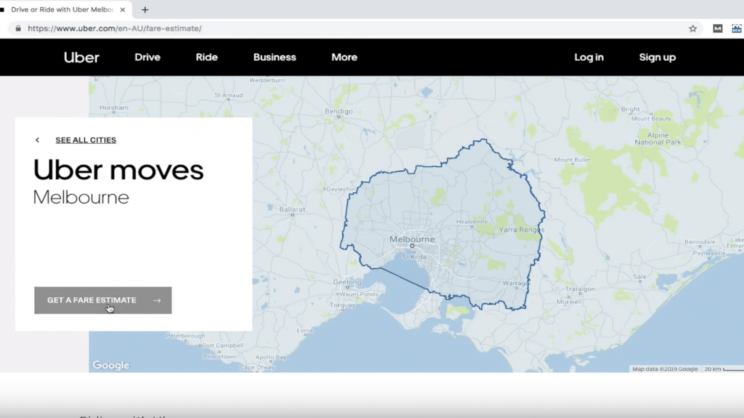Optimising Your Site Using Schema Markup, SEO For Schema Markup
This week, SEO Sydney will be talking about an SEO tactic that is highly powerful but infrequently used. This tactic is usually put in the “Advanced SEO” category, but actually it is very simple to do and is extremely effective at boosting a site’s rankings in the search result. The tactic is called schema. What is schema? How can I boost my SEO by using schema mark up?
Essentially, schema markup is a code or semantic vocabulary that you put on your website to help search engines return richer, more informative results to your users. It was a collaborative effort between Google, Bing, and Yahoo with the goal of improving user experience. Here we can see an example of a website that is using schema markup. The schema markup told Google to display a list of upcoming events in Melbourne so that when people search for “Melbourne events” they can find a preview of the information they are looking for before even clicking through to the site. That is an exceptional experience for the user.
So what can you use schema markup for? Currently there is data markup for a whole bunch of different categories including articles, local businesses, restaurants, TV episodes, book reviews, and much more. Today we will be showing you how to use schema to markup one of the most common types of content – an article.
First, go to Google’s Structured Data Markup Helper. Select a data type, in this case articles, and enter the URL of the article you want to mark up. Highlight and select the type of elements to be marked up – in this case, we will do name and image. You’ll see that when you highlight the name of the article, Iyou can select “Name” from the tool tip and the name gets added to “Data Items” in the right pane. Continue to highlight other areas of the article to add them to the markup list. When you’ve finished marking up the article to your satisfaction, click “Create HTML.” The resulting HTML code can be downloaded and copy-pasted into the source code of your article. Use the Structured Data Testing Tool to find out what your page will look like with the markup. Websites that use schema rank better in the search results than those that don’t. One study determined that websites with markup rank an average of four positions higher in the SERPs than those without schema markup. And since so few websites are using it, it represents a prime opportunity to gain a competitive edge. When done correctly, schema markup can put you miles ahead of the competition.
So what are you waiting for? Start marking up your website today. If you’re wanting to learn more about schema markup, check out our article on how this can assist you in appearing in the featured snippets.
If you want to explore other SEO-related topics, visit SEO Sydney for our range of resources covering all things SEO





